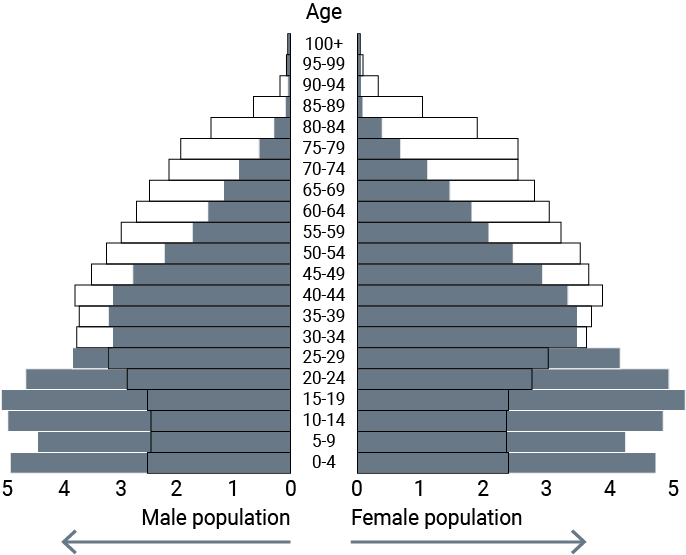
Menu
Many organisms in nature reproduce sexually. Differences appear between individuals of opposite sex. These differences may include crests, vivid colours, adaptations related with competition (e.g. defense gear such as horns) or size differences.
In the human skeleton, differences are detected in the morphology and size of bones.
In children’s skeletons the determination of sex is challenging, because gender characteristics are not fully developed before puberty.
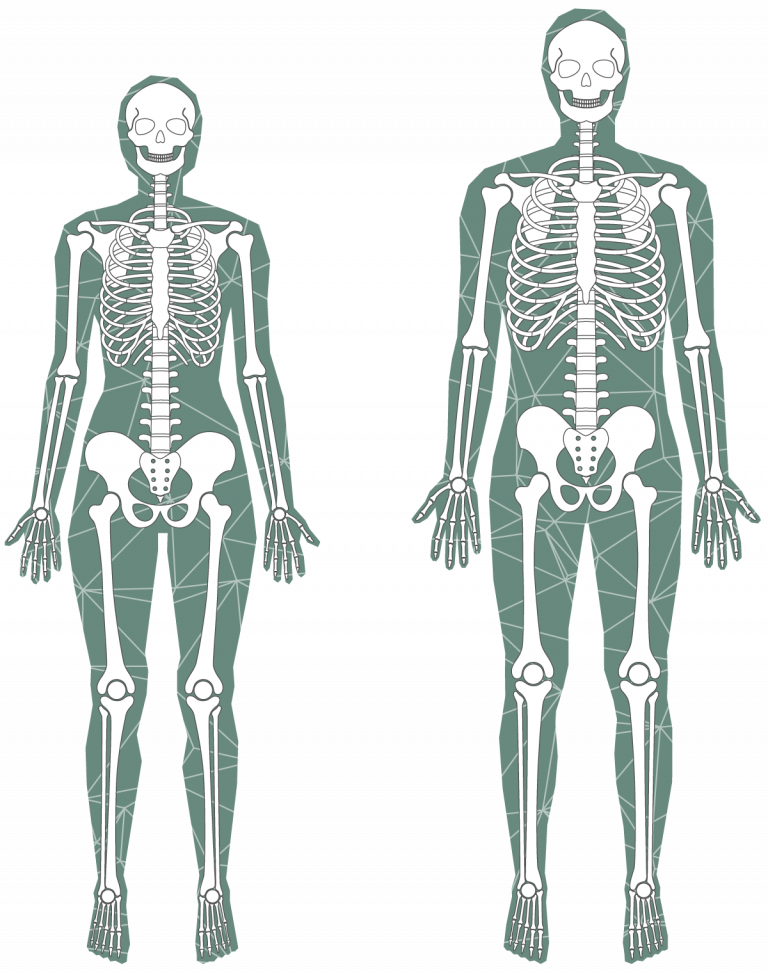
Mastoid process
The mastoid processes of the temporal bones are more developed in men and smaller in women.
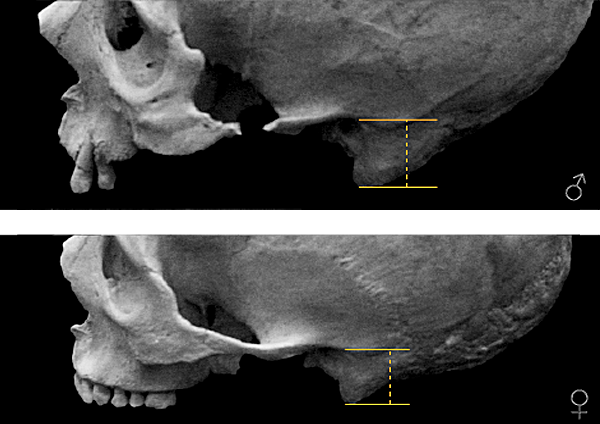
Supra-orbital ridges (glabella)
The supra-orbital ridges and the glabella are more developed and large in male skulls.
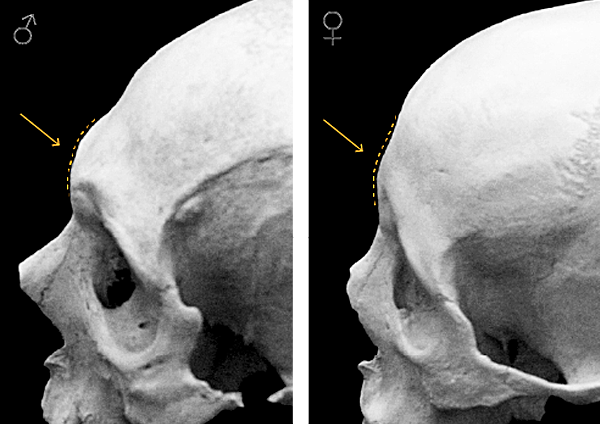
Frontal bone
In men, the forehead slopes backwards, with less developed frontal eminences.
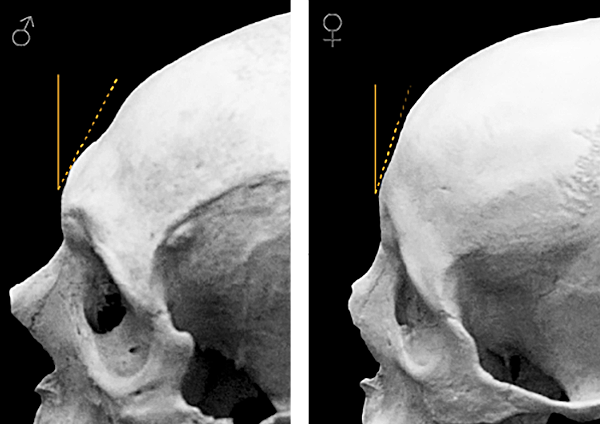
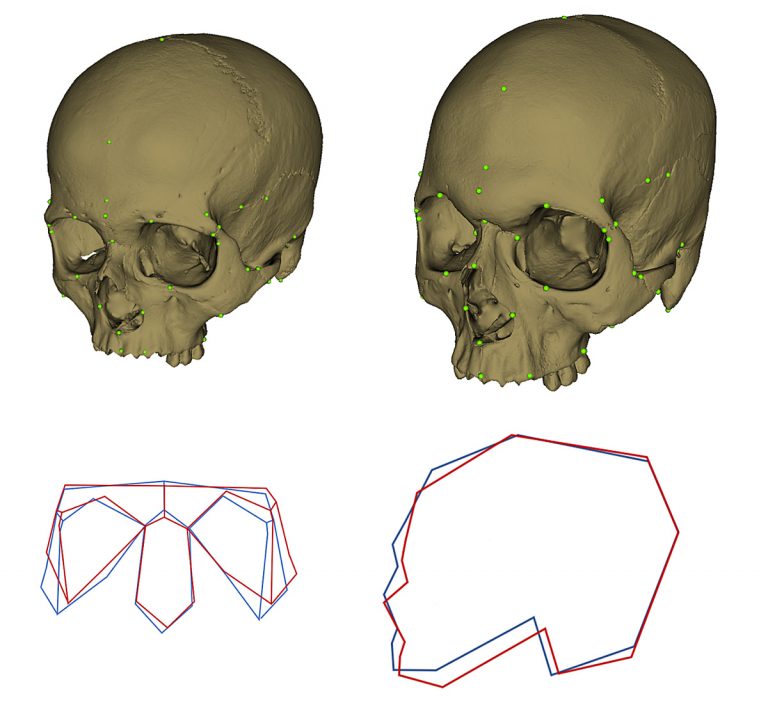
population 2013
population 1951
